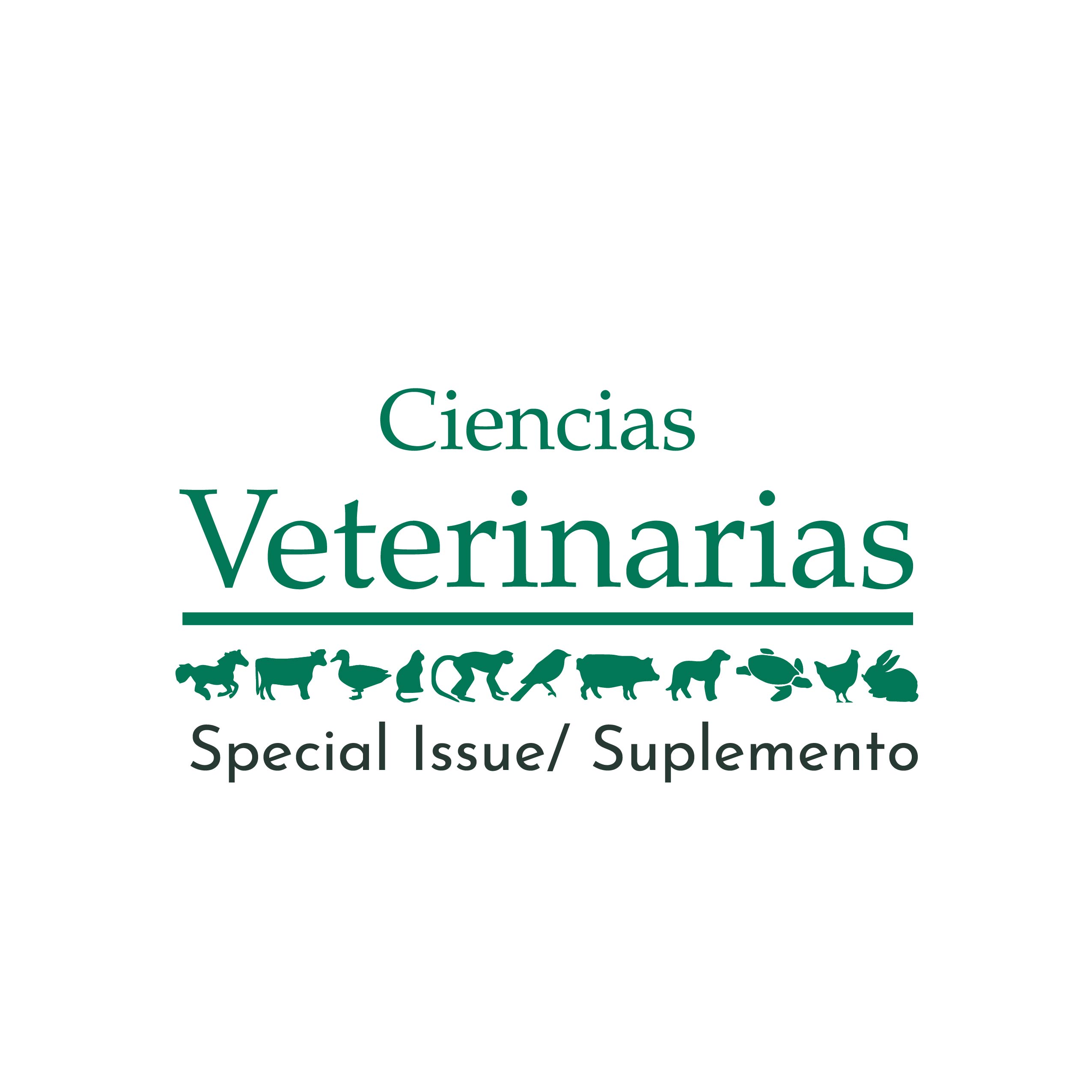Estabilización de fracturas conminutas no reducibles mediante fijadores híbridos en el tercio proximal de la tibia en caninos
DOI:
https://doi.org/10.15359/rcv.36-3.7Keywords:
fracturas, caninoAbstract
El objetivo de este trabajo fue la implementación de fijadores híbridos para la estabilización de fracturas
conminutas no reducibles en el tercio proximal de la tibia. Como resultado de la utilización de fijadores
híbridos se observó que el tiempo de cicatrización fue de ocho semanas, descargó peso en la extremidad
a los tres días pos cirugía, el rango de movimiento de la articulación se conservó, no hubo reacción al
material utilizado.
Se puede concluir que los fijadores híbridos son ideales para la reparación de fracturas conminutas no
reducibles cerca de la articulación o transarticulares, el tiempo de cicatrización fue de ocho semanas, se
conserva el rango de movimiento de la articulación, el paciente descarga peso en los primeros días pos
cirugía, el material de los fijadores influye en la cicatrización y evolución del paciente.
Downloads
Published
How to Cite
Issue
Section
License
Licensing of articles
All articles will be published under a license:

Licencia Creative Commons Atribución-NoComercial-SinDerivadas 3.0 Costa Rica.
Access to this journal is free of charge, only the article and the journal must be cited in full.
Intellectual property rights belong to the author. Once the article has been accepted for publication, the author assigns the reproduction rights to the Journal.
Ciencias Veterinarias Journal authorizes the printing of articles and photocopies for personal use. Also, the use for educational purposes is encouraged. Especially: institutions may create links to specific articles found in the journal's server in order to make up course packages, seminars or as instructional material.
The author may place a copy of the final version on his or her server, although it is recommended that a link be maintained to the journal's server where the original article is located.
Intellectual property violations are the responsibility of the author. The company or institution that provides access to the contents, either because it acts only as a transmitter of information (for example, Internet access providers) or because it offers public server services, is not responsible.







